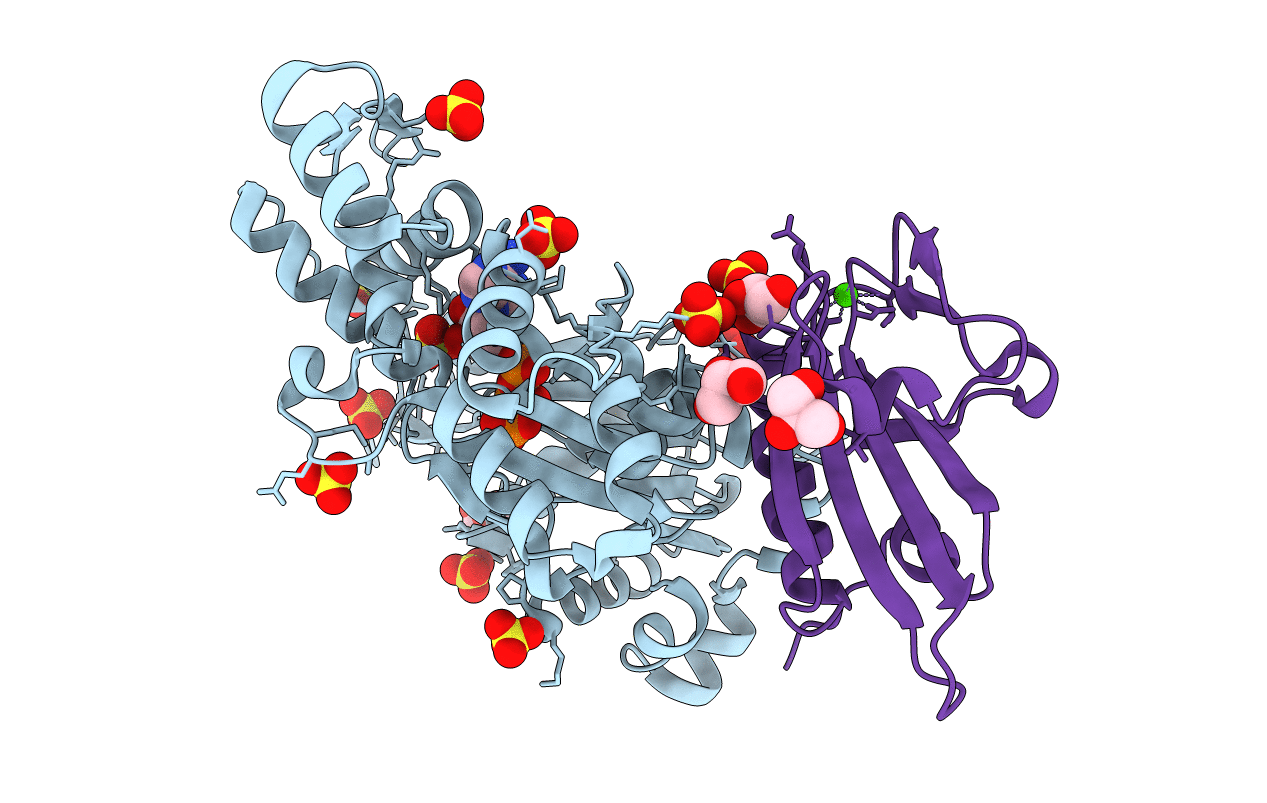
Deposition Date
2008-03-10
Release Date
2008-08-19
Last Version Date
2023-11-15
Entry Detail
PDB ID:
3CI5
Keywords:
Title:
Complex of Phosphorylated Dictyostelium Discoideum Actin with Gelsolin
Biological Source:
Source Organism:
Homo sapiens (Taxon ID: )
Host Organism:
Method Details:
Experimental Method:
Resolution:
1.70 Å
R-Value Free:
0.19
R-Value Work:
0.14
R-Value Observed:
0.14
Space Group:
C 1 2 1


